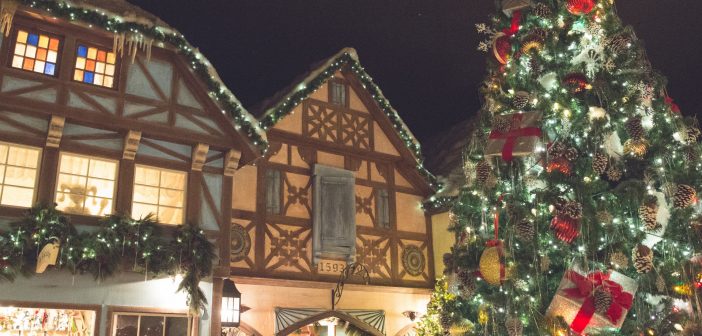The Russell-Cotes Museum is travelling back in time this Christmas with an event that showcases the traditions of the Victorian era.
The two day event, taking place on 14 and 15 December, will have the historic house decorated for the festive period, and invites guests to take part in craft workshops, stirring the figgy puddying, and making a wish on the Wishing Tree.
Guests will also be able to enjoy some Christmas music and yuletide readings as the staff brings a bit of old fashioned festive charm to Bournemouth.
Many traditions that we know today started in the Victorian era, Christmas was very different before then, although we know many ideas stem from Pagan festivals such as the Christmas tree and hanging mistletoe, what changed from the mid 1800s?
A Christmas we know and love
Most traditions in this era started with those who were rich, and trickled down to the middle-class because a lot of things were too expensive for the poorer families to afford.
“A Christmas Carol” by Charles Dickens was published in 1843 which encouraged the richer folk to redistribute their wealth and give money and gifts to the poor.
Middle class families in England and Wales only started to take time off work to celebrate over Christmas Day and Boxing Day, which earned its name as the day when working class families and servants opened their boxes of gifts and money from the wealthy people, due to the success of new factories and industries in the Victorian era.
During Queen Victoria’s reign the mass production of toys in factories made them more affordable to the middle class spreading gift giving, although working class families would only put an apple, an orange and a few nuts in their childrens’ stockings (although stockings only first became popular in 1870).
Santa Claus also became known during this time, stemming from St Nicholas (Sinter Klaas in Holland), and also his well known sleigh and reindeer.
When the “Penny Post” was introduced in this time, Christmas cards started to become popular as they were easy to send, and the halfpenny postage rate made it even easier.
A traditional Christmas dinner used to consist of goose (or roast beef in Northern England), and poorer people settled for rabbit, as chicken and turkey were still far too expensive for people to afford, but by the end of the century turkey became much more affordable and many people would eat this instead.
Prince Albert, the Queen’s husband brought a Christmas Tree into Windsor Castle in the 1840’s in an attempt to make them as popular here as they were in his native Germany.
Christmas crackers were also invented during this era, originally just sweets wrapped in fancy coloured paper, but they were much more popular when Inventor Tom Smith started adding love notes, paper hats, small toys and added the bang that we all know and (sometimes) love.
There is much more to see and learn about traditional Victorian Christmasses, so join the staff at Russell-Cotes Museum this weekend to explore.
The event is open 11am until 4pm both days, adult tickets cost £7.50 and child tickets cost £4.00. For more information see their website here.


